The August jobs report highlighted a important actuality: the labor market is cooling off. Whereas the headline figures appeared respectable, the underlying knowledge reveals clear warning indicators that employee demand is slowing. Buyers ought to listen as a result of the hyperlink between employment and its influence on the economic system and the market is simple. Whereas usually ignored, as we’ll focus on, there’s an simple hyperlink between financial exercise and company earnings. Employment is the driving force of a consumption-based economic system. Shoppers should produce first earlier than consuming, so employment is important to company earnings and market valuations. We’ll focus on these so as.
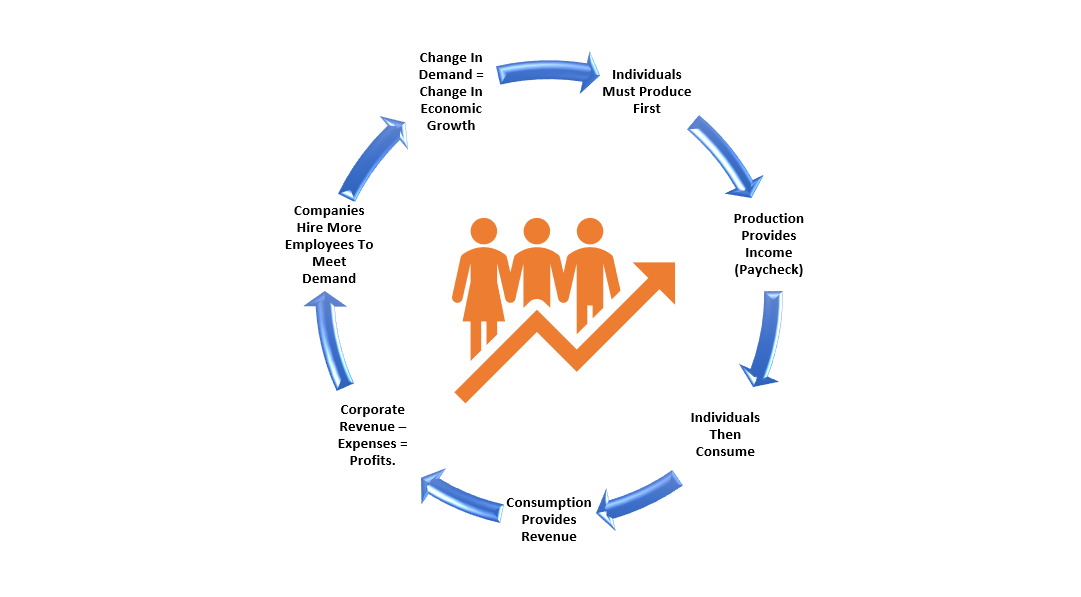
Slowing Labor Market: The First Purple Flag
The August jobs report indicated that job creation has slowed dramatically, significantly in essential manufacturing, retail, and providers sectors. For months, we’ve relied on the narrative {that a} sturdy labor market might buoy the economic system via tough patches. However that narrative rapidly falls aside as hiring freezes and job cuts turn out to be extra frequent. The info development is all the time extra important than the precise employment quantity. The message is straightforward: employment is weakening.
Nevertheless, as mentioned within the “Sahm Rule,” full-time employment is a much better measure of the economic system than complete employment. As famous, the U.S. is a consumption-based economic system. Critically, customers can’t eat with out producing one thing first. As such, full-time employment is required for a family to eat at an economically sustainable charge. These jobs present greater wages, advantages, and medical insurance to assist a household, whereas part-time jobs don’t. It’s unsurprising that, traditionally, when full-time employment declines, a recession sometimes follows.
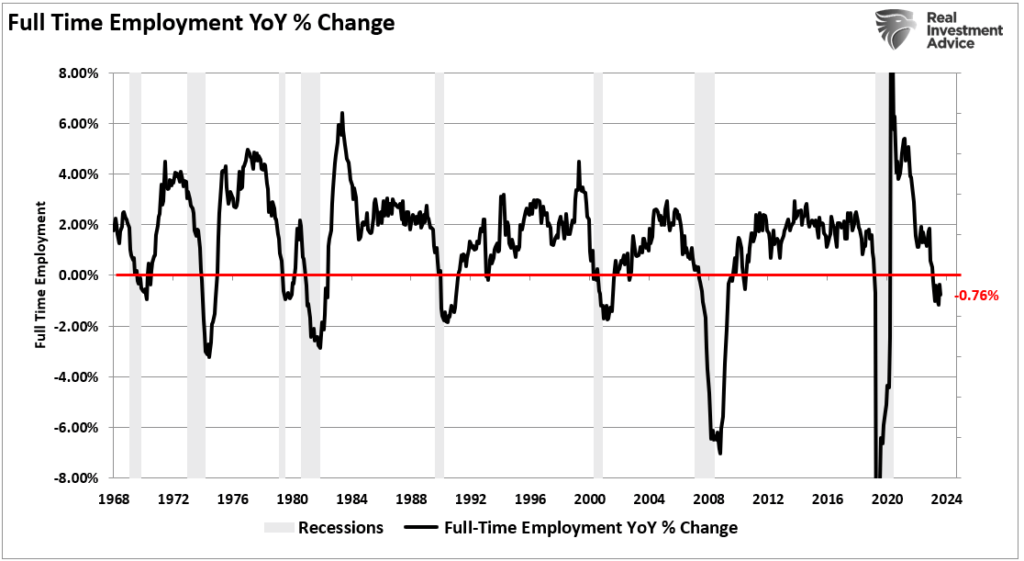

If full-time employment drives financial development, it’s logical that extra strong tendencies in full-time employment are required. Nevertheless, since 2023, the economic system misplaced greater than 1 million full-time jobs versus gaining 1.5 million part-time jobs. That doesn’t scream financial power.
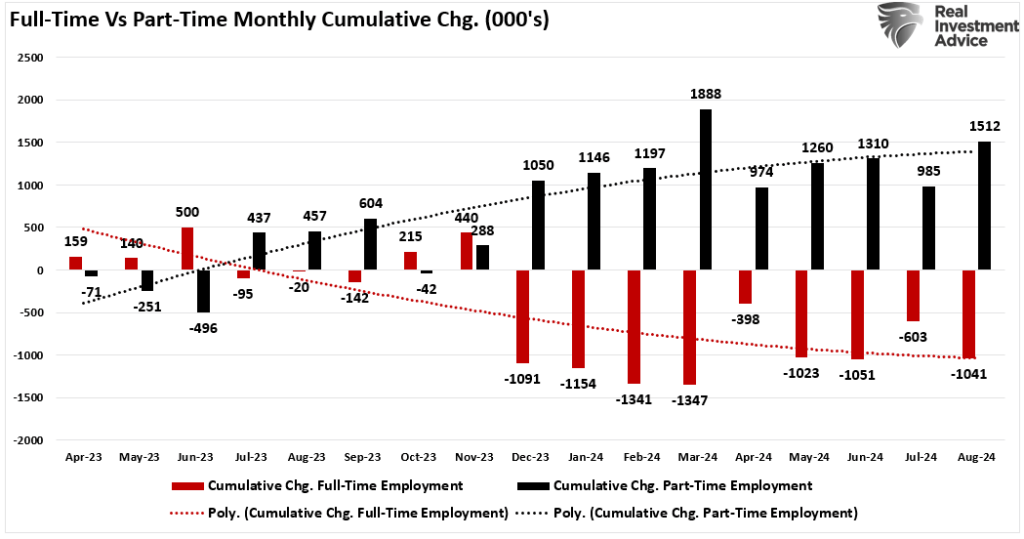

Moreover, a comparability of full-time employment to the working-age inhabitants reveals why the U.S. can’t maintain annual financial development charges above 2%.
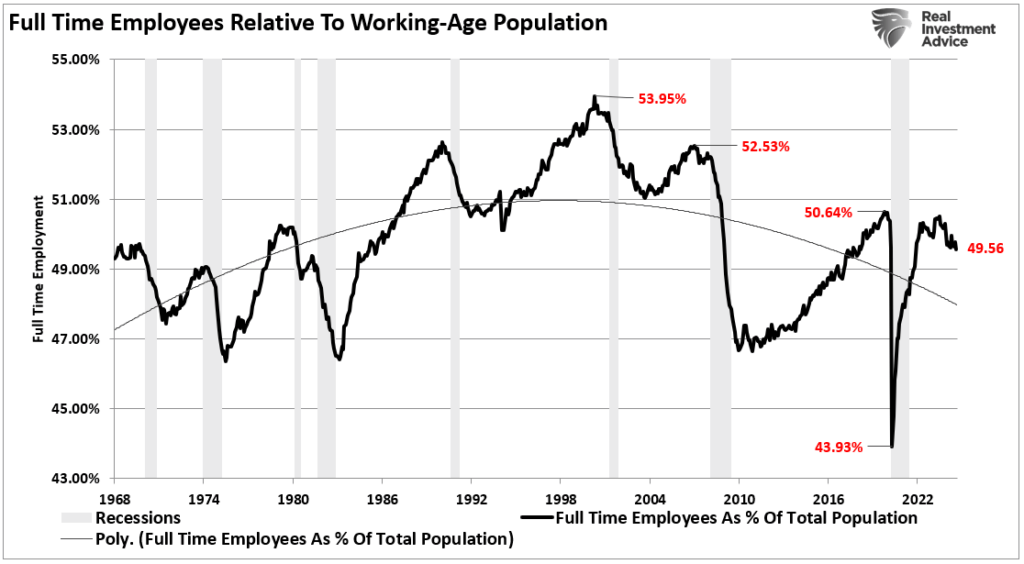

For the reason that flip of the century, because the U.S. has more and more built-in know-how and outsourcing to cut back the necessity for home labor, full-time employment has continued to wane. If fewer Individuals work full-time, as a share of the labor pressure, the flexibility to eat at greater charges diminishes as disposable earnings decreases.
Since company earnings depend upon financial exercise, firms proceed to undertake know-how and different productivity-enhancing instruments to cut back the necessity for labor. If slower financial demand begins to weigh on company revenue margins, earnings forecasts shall be revised downward within the coming months.


Company Earnings Are in Jeopardy
Understanding how a weakening labor market interprets into weaker earnings is crucial. When firms are unsure about future demand, they cease hiring and look to chop prices. These cost-cutting measures seem in quite a few methods, comparable to layoffs, automation, outsourcing, or rising momentary hires. Such measures should buy firms a while however don’t clear up declining revenues. When fewer folks have jobs or wage development stalls, client spending slows down, and that hits the highest line for a lot of firms, significantly in consumer-driven sectors. Unsurprisingly, there’s a comparatively excessive correlation between the annual change in GDP and company earnings.
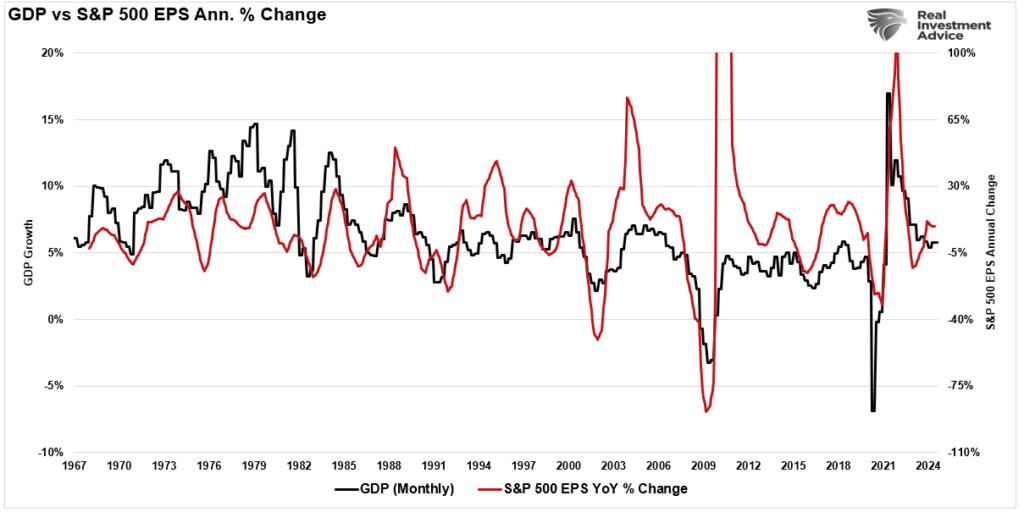

As such, on condition that market contributors bid up inventory costs in anticipation of upper earnings and vice versa, the correlation between the annual change in earnings and market costs can be excessive.
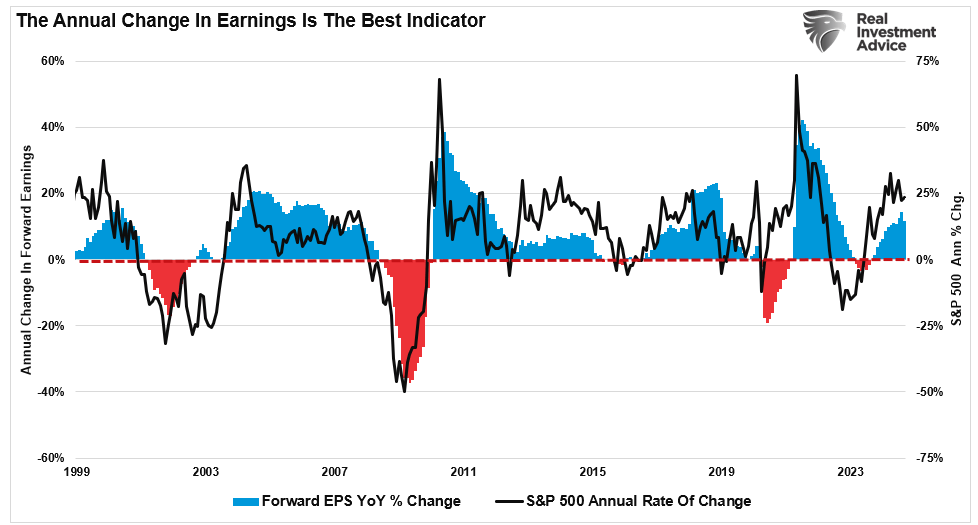

In previous financial cycles, we’ve seen how rapidly earnings can disappoint when the labor market weakens. Analysts have been overly optimistic about earnings development, and now the truth of slower client demand will pressure them to regulate their projections. As earnings expectations come down, buyers might want to rethink present valuations. It is a simple equation—decrease earnings result in decrease inventory costs as markets reprice present valuations.
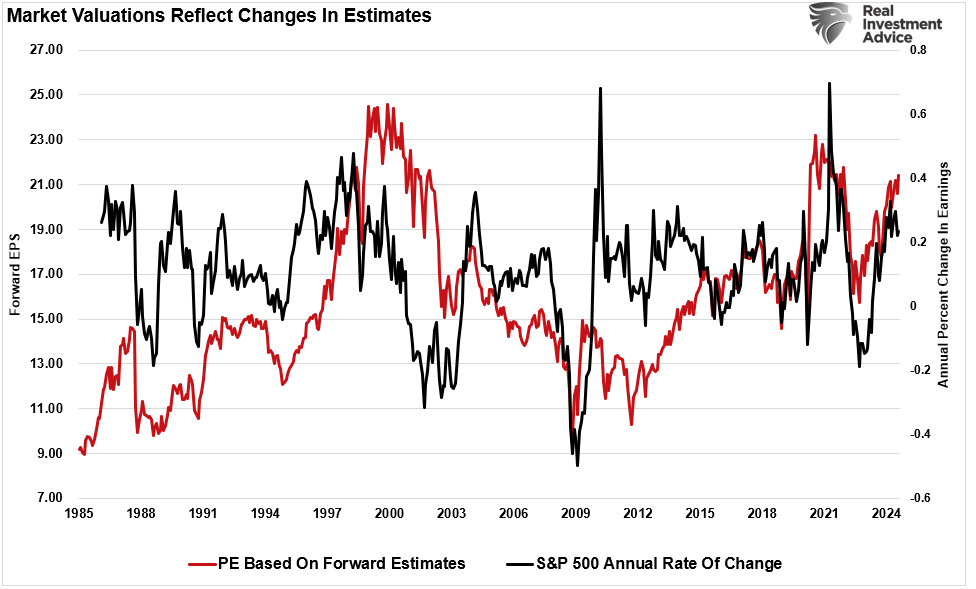

Buyers ought to put together for a slowing labor market’s influence on inventory costs. The market is a forward-looking mechanism, and it’s already beginning to value within the results of weaker job development. Sectors most uncovered to client spending, comparable to retail and journey, are more likely to see the sharpest declines in inventory costs as buyers regulate to the truth of softer earnings.
Expertise firms, which have pushed a lot of the inventory market’s efficiency this yr, will even be weak. These firms depend on excessive development expectations to justify their lofty valuations. If the labor market weakens, client demand for tech services and products will even fall, resulting in earnings misses and inventory value declines.




Investor Implications
The broader monetary markets are doubtlessly prone to a “bumpier trip” as the consequences of the weakening labor market ripple via the economic system. As we’ve seen in earlier cycles, buyers will start to maneuver away from riskier property like shares and into safer investments comparable to Treasury bonds. Such a shift might exacerbate market volatility if earnings get revised decrease to replicate slower financial exercise.
There’s additionally the query of how the Federal Reserve will reply. A slowing labor market usually results in decrease inflation, which could enable the Fed to chop rates of interest extra aggressively and reverse the present discount in its steadiness sheet. Nevertheless, if inflation stays properly above the Fed’s 2% goal, regardless of weaker job development, the Fed might discover its arms tied. A possible market danger is when the Fed will get pressured to maintain charges elevated whereas the economic system slows. Such would lengthen the financial downturn and enhance inventory value strain.
Current employment studies present a transparent development: the labor market is shedding momentum. That spells hassle for the economic system and the inventory market. The slowdown in job creation, coupled with weaker company earnings, is setting the stage for elevated market volatility.
As famous, with markets nonetheless close to all-time highs, it is a wonderful time to reassess portfolio danger exposures. Rebalancing positions in overvalued development shares and shifting towards extra defensive property might be prudent. As we’ve usually mentioned, capital preservation needs to be the precedence in occasions of uncertainty. The labor market signifies that unsure occasions are forward, and buyers ought to put together accordingly.
Submit Views: 2,126
2024/09/13